

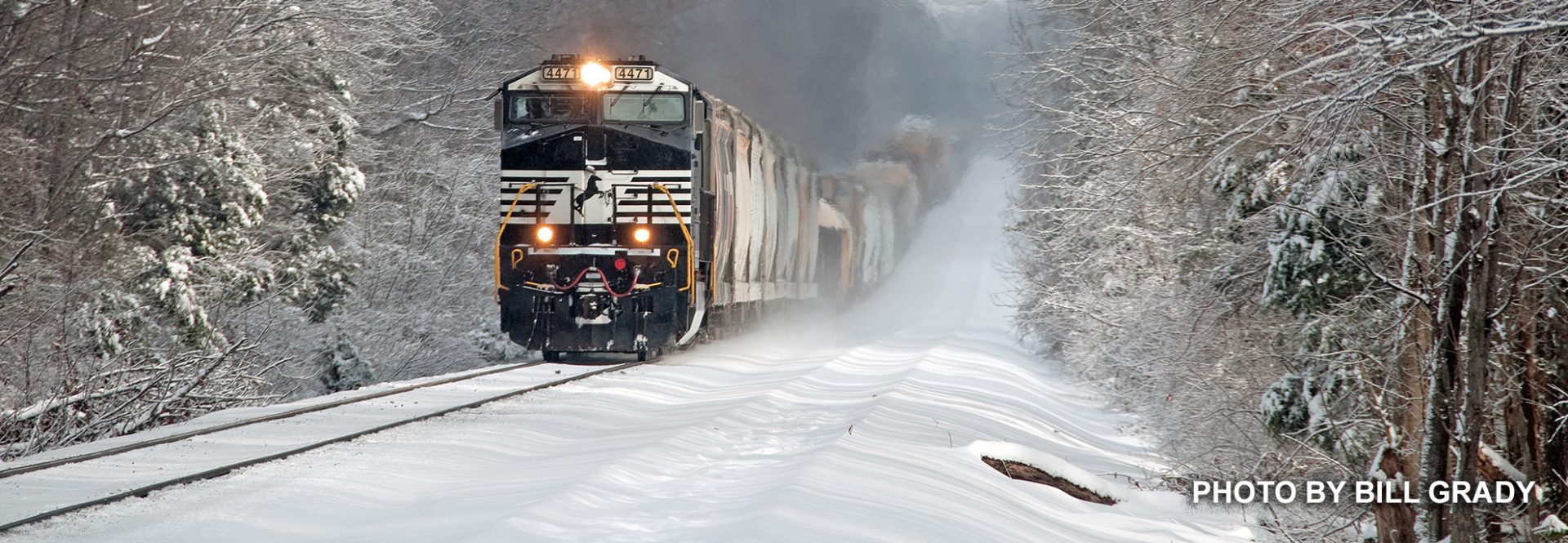
Photos from the Pennyrail Newsletter



Click on images for full view.



A Moment in Time – It’s August 25, 1994, as Midwest Coal Handling prepares to depart P&L’s Central City, Kentucky yard back to TVA’s Paradise Steam Plant. The four locomotive consist included CF7 2508, GP7u 2005, CF7 2525, and another unidentified CF7. CF7 2525 was still wearing the paint of previous owner Nashville & Eastern. Today CF7 2508 survives in Enid, Oklahoma serving Consolidated Grain & Barge. Photo by Evan Werkema, Chris Dees collection.
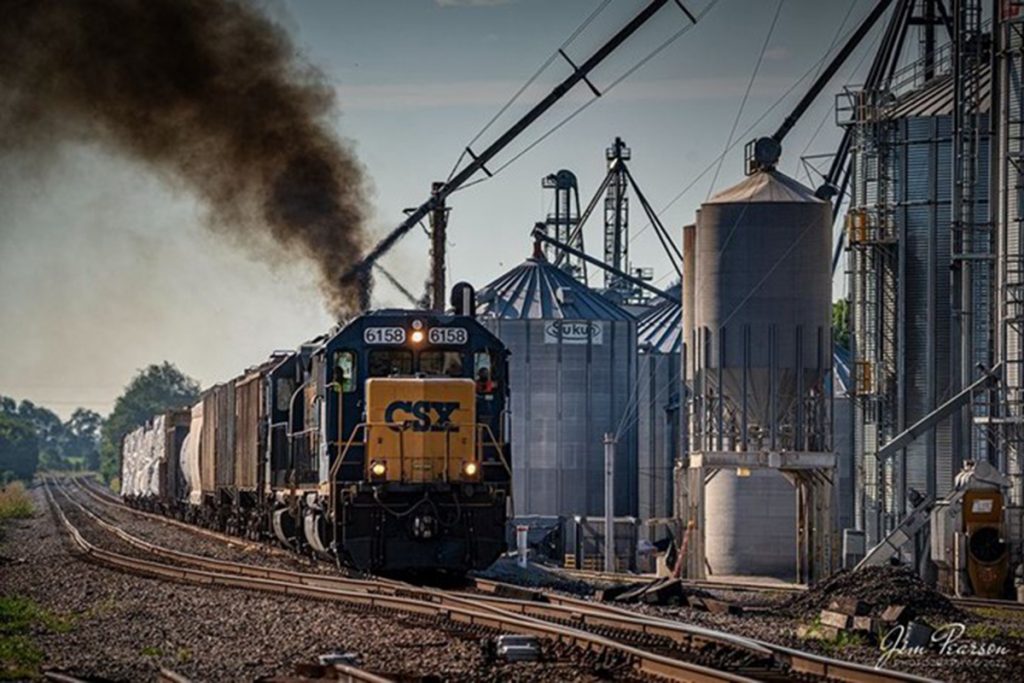
CSX L382 puts out a bit of smoke as it pulls away from WF Ware after picking up a cut of grain cars at Trenton, Kentucky on July 12th, 2022, on the Henderson Subdivision. L382 is the local that runs between Casky yard in Hopkinsville and Guthrie, Ky and here we catch it as it starts its run back to Casky. Photo and caption by Jim Pearson.
On Saturday, June 11, the Madisonville community and some of our chapter members enjoyed the Life Steam-Up at the home of Kathy and Ed Saley, who recently purchased the old Metcalfe home on Princeton Road. Ed has constructed an elevated G gauge track system for running his and his father’s live steamers. Ed also has live steam ships and stationary steam engines on display. He can be found tinkering with the equipment most afternoons after sundown during the summer. Click images for full view!



LORAM Railgrinder RG414 grinds through a curve as it makes its way south at Nortonville, Kentucky on the CSX Henderson Subdivision on May 23rd, 2022. According to LORAM’s Website: Rail grinding is the cornerstone of virtually every railroad maintenance program. It maximizes the life and value of rail assets through precision removal of fatigued metal, restoration of the rail head profile and removal of rail defects which are the optimization goals of an effective rail grinding program. Jim Pearson

The Black Hills Central Railway locomotive 108 heads through the countryside as it makes its first trip of the day in stormy, wet weather of the forest to Keystone, South Dakota on my birthday, May 30th, 2022! I for one can’t recall a better way to spend the day then chasing a steam locomotive and they later in the day riding it with family! Despite the wet and rainy weather, it was a great day, and I even got the drone up a few times! A big shout out to Cory Jakeway for all the help on finding my way around on the railroad and rail-fanning with me! Photo by Jim Pearson

Did you know the NRHS Alco Historic Photos is the custodian of a collection of almost 300,000 photographic negatives and about 10,000 drawings and documents relating to the ACO and its successor ALCO Products? Take a few moments to browse around the NRHS website and you’ll find some interesting things like this Amtrak RS3.

Congratulations to Cooper Smith our first place and Bill Grady second place winners of our May 2022 chapter photo contest ! A reminder also that our July 2022 contest is currently underway and it runs for the whole month. All the entries may be viewed on the chapter’s website or our Facebook Group.
Each dues paying member is allowed to submit two photographs taken anywhere during the month. Entries with captions should be sent to jim@jimpearsonphotography.com by midnight on August 7th, 2022.
Get out trackside and shoot some pictures!!!
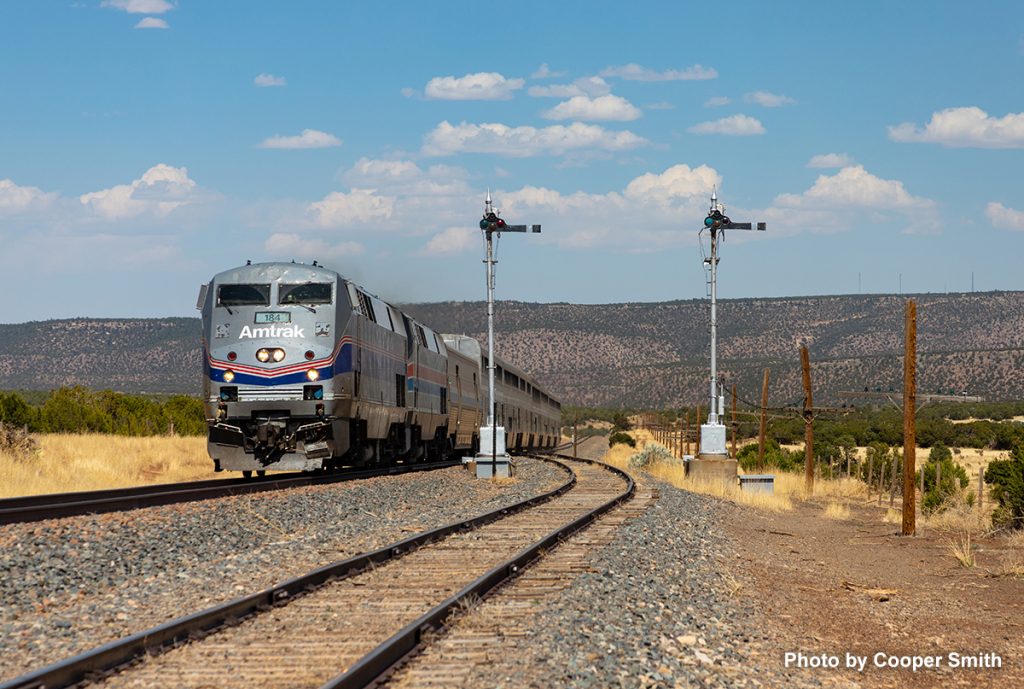
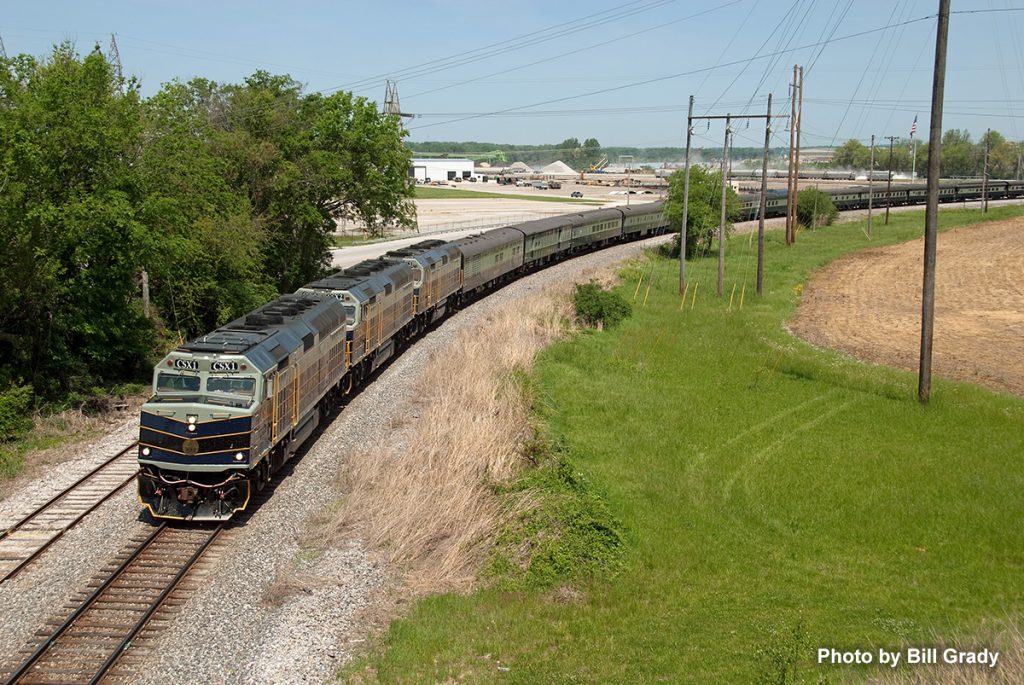
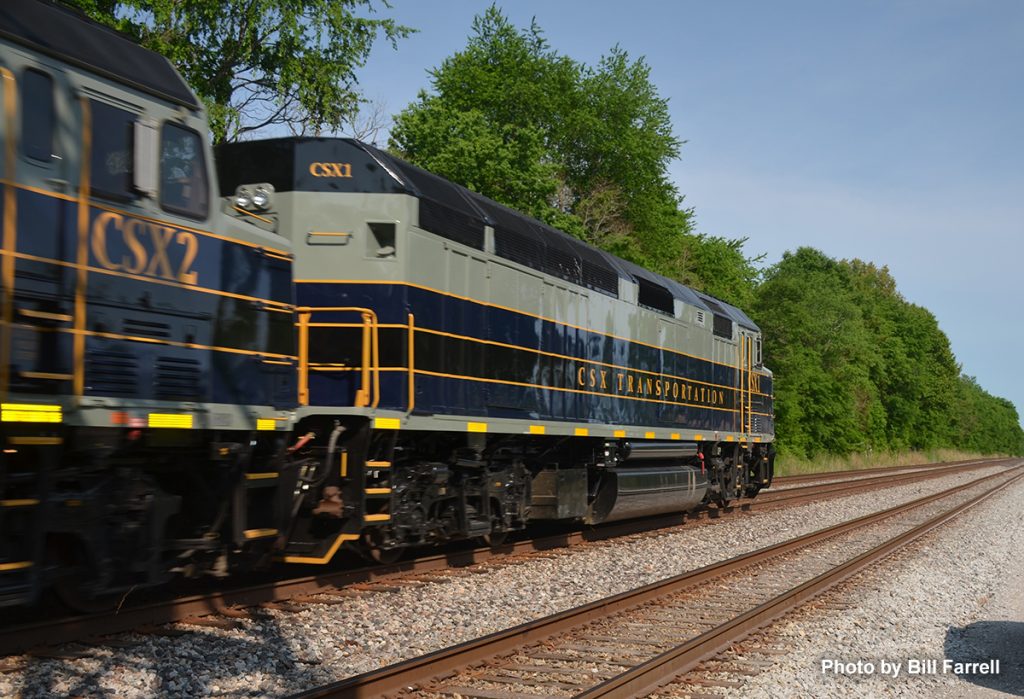
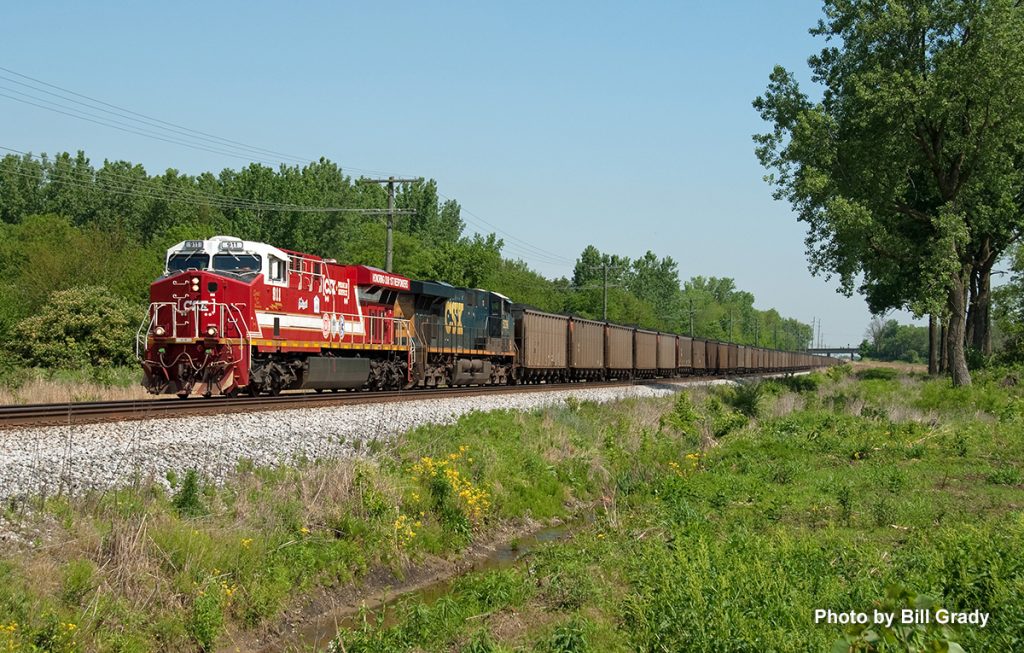
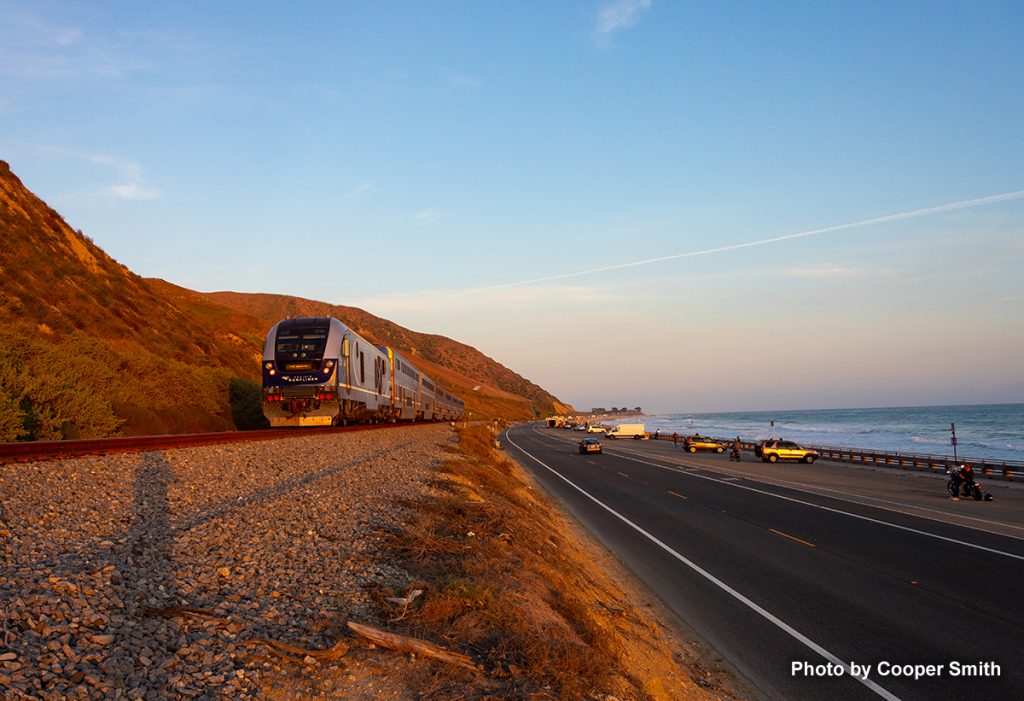
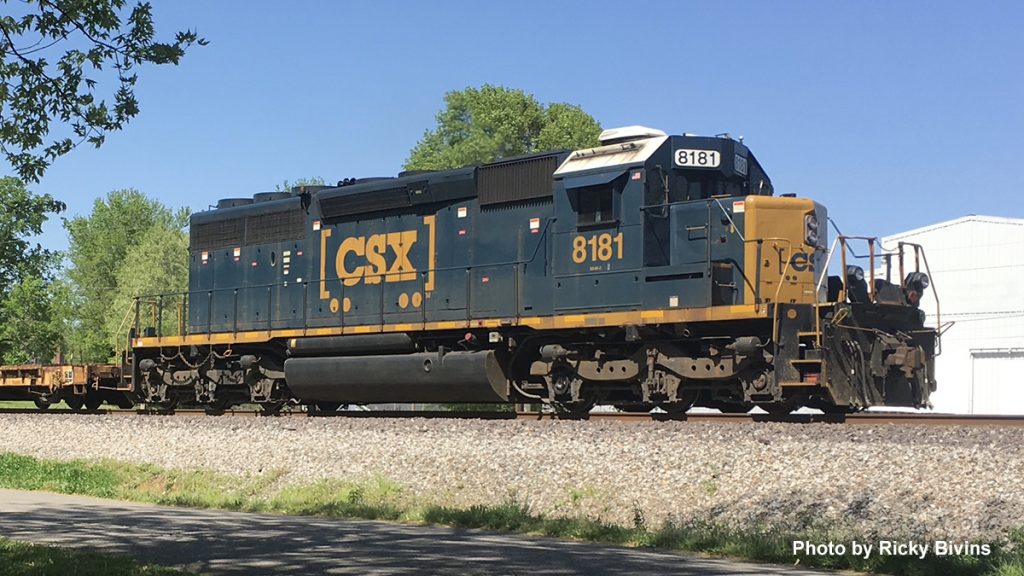
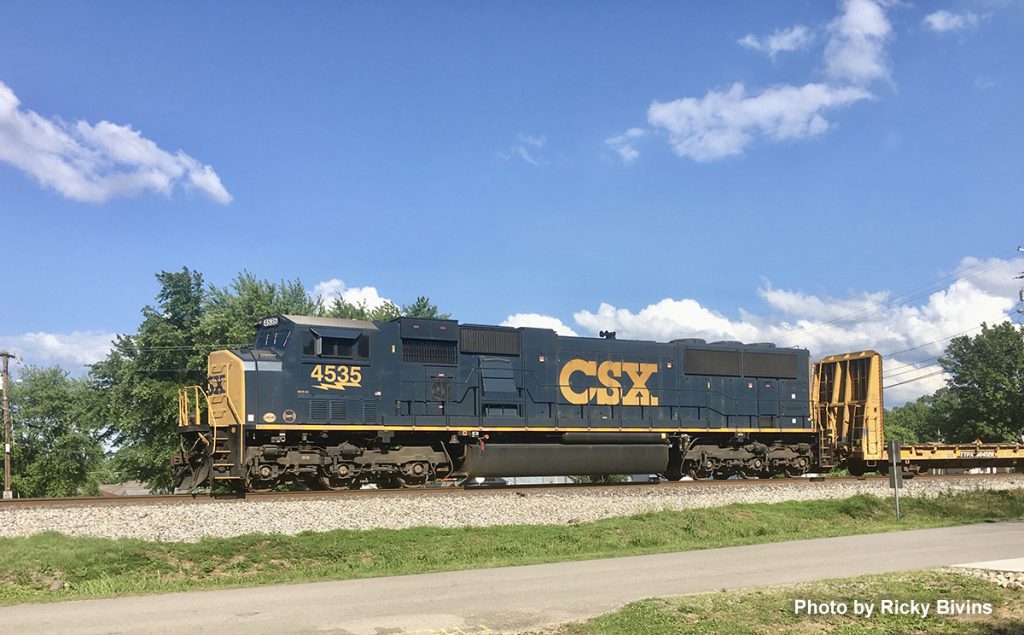
Below are the winners of our March 2022 photography contest and entries! Thanks for everyone who participated and we are currently in the middle of our month-long May contest! Get out and shoot something for the contest!!
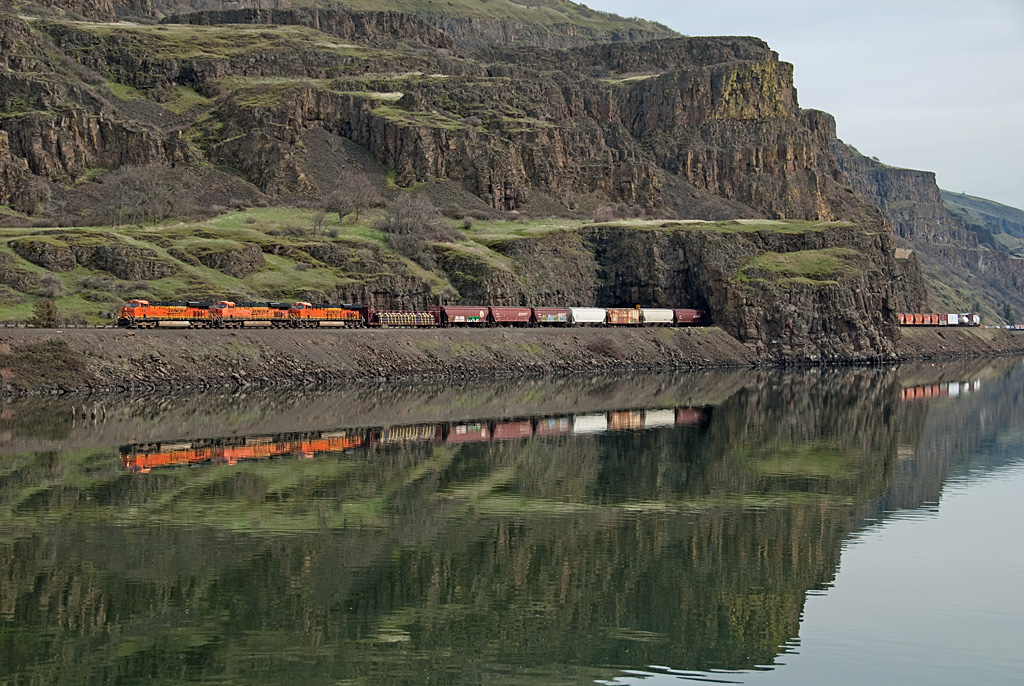
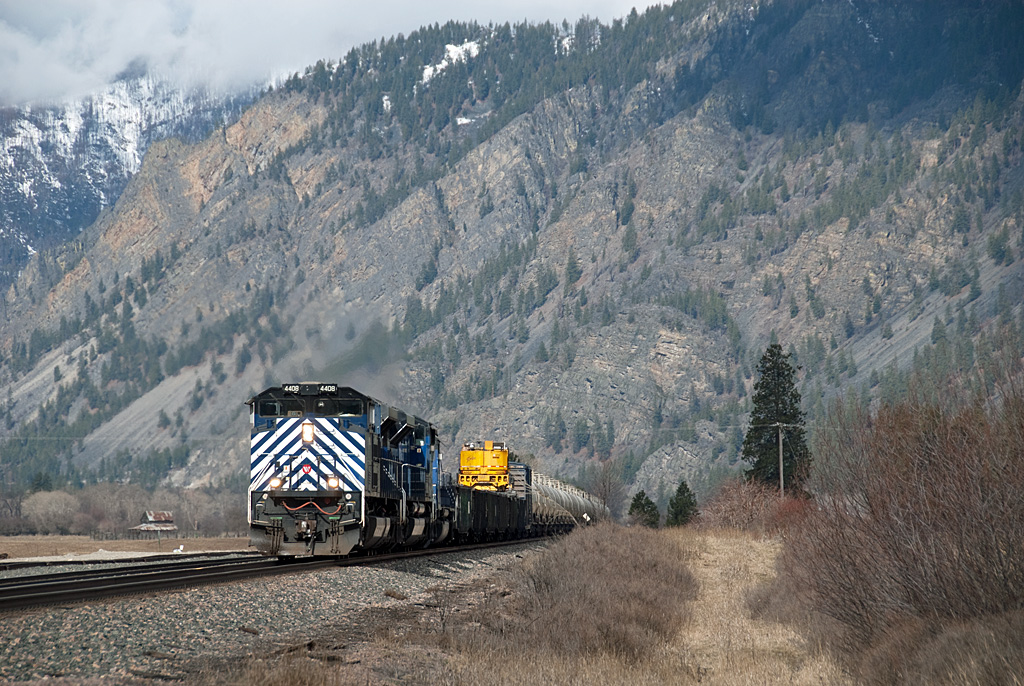
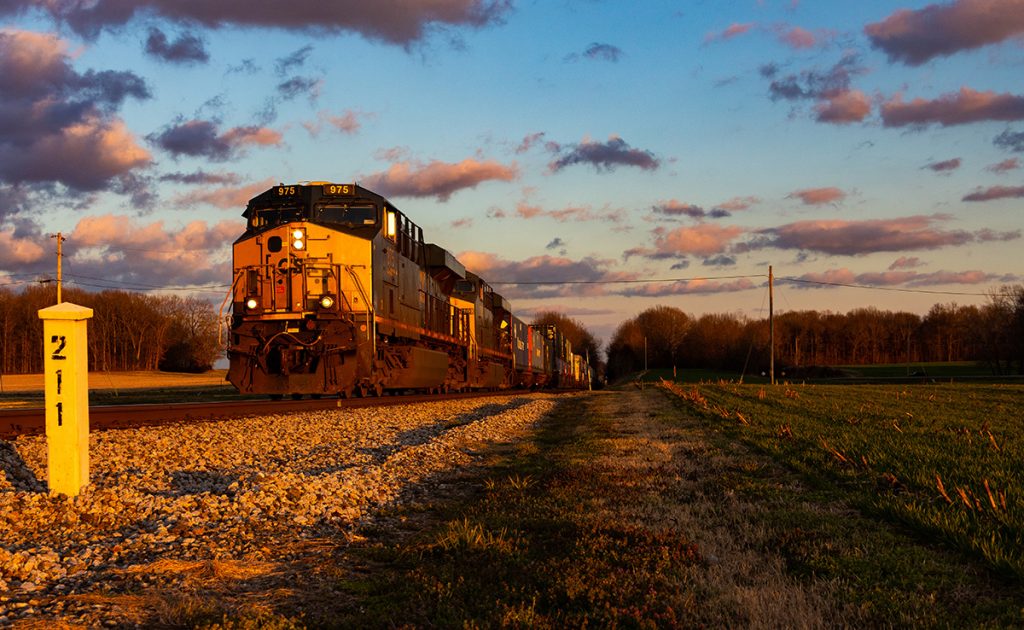
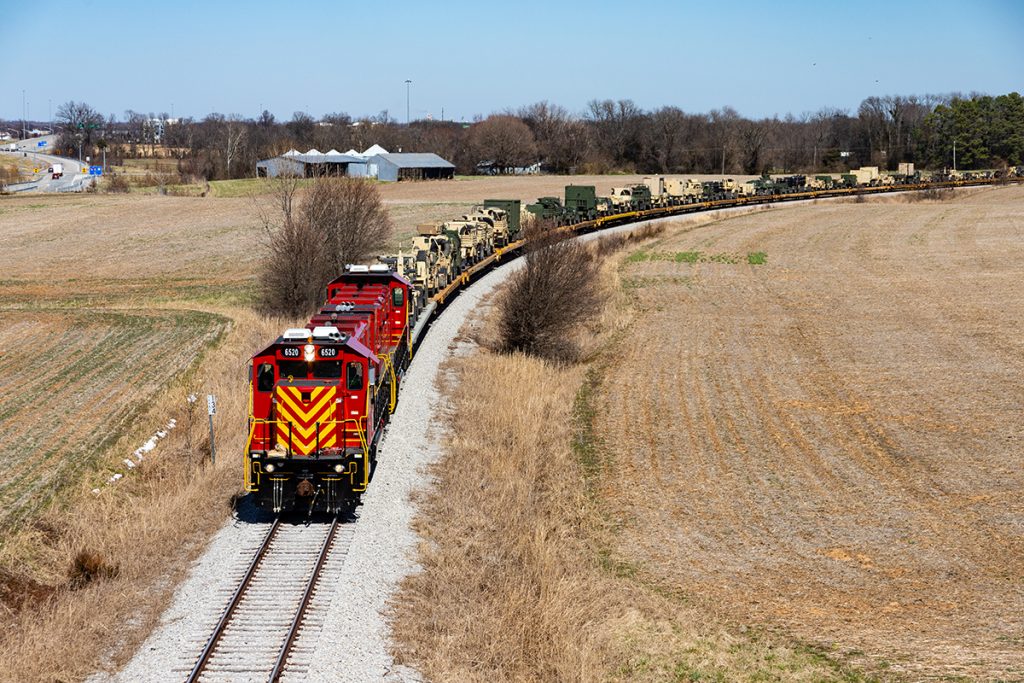
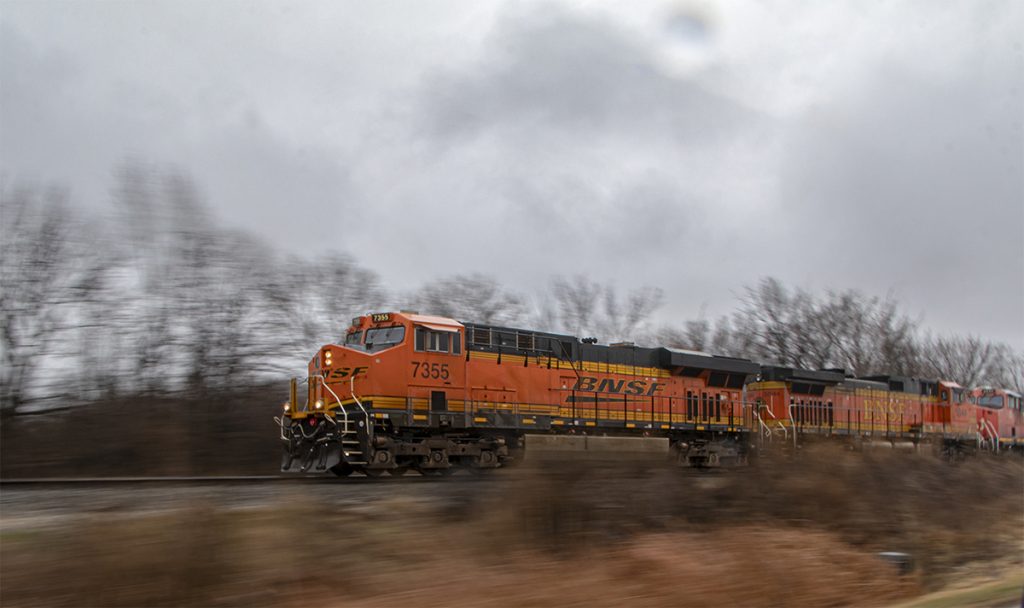
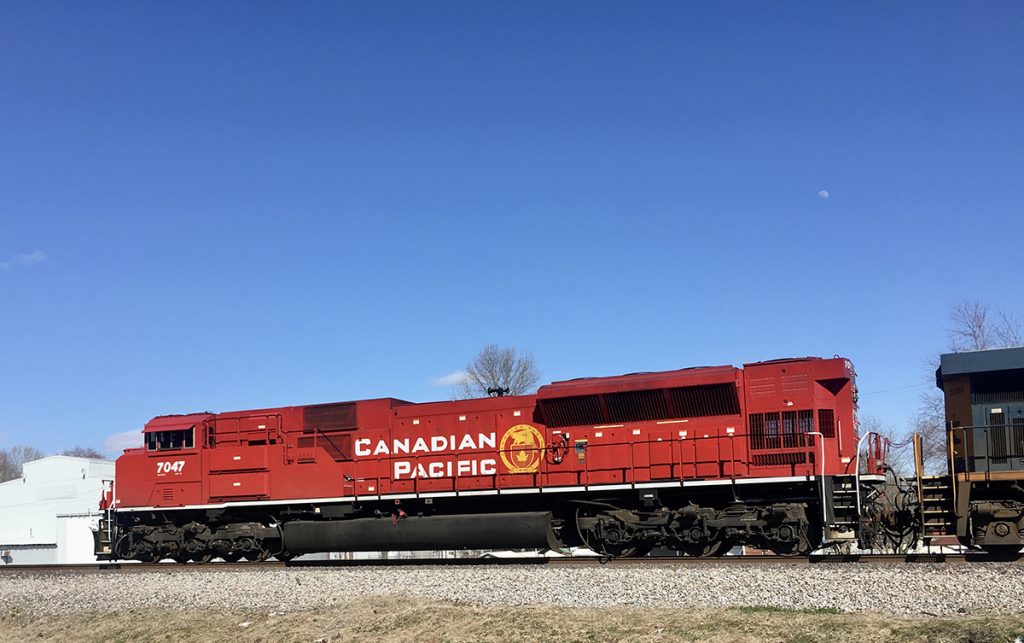
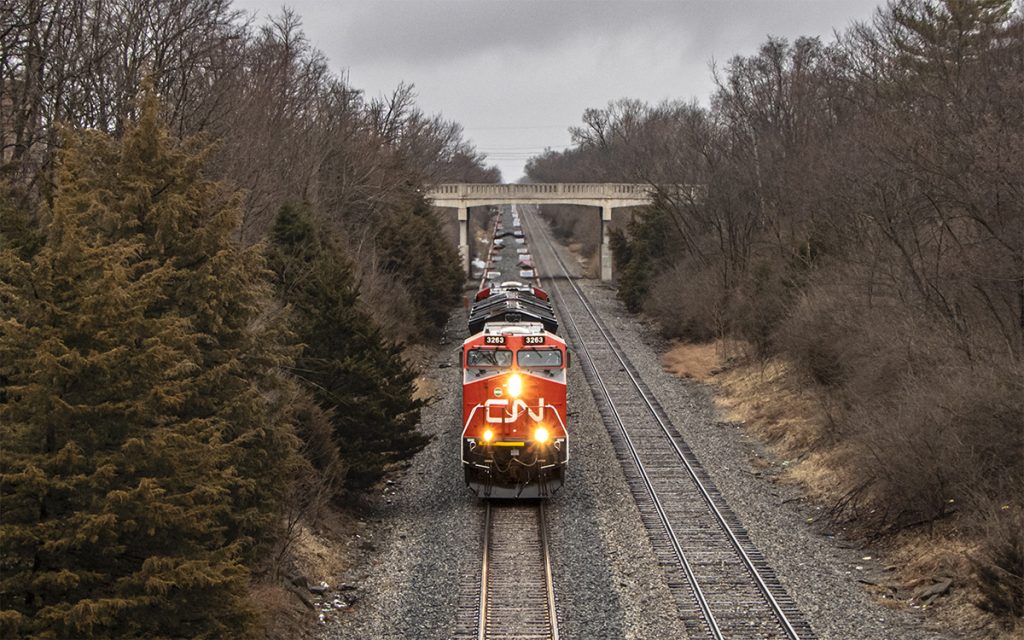
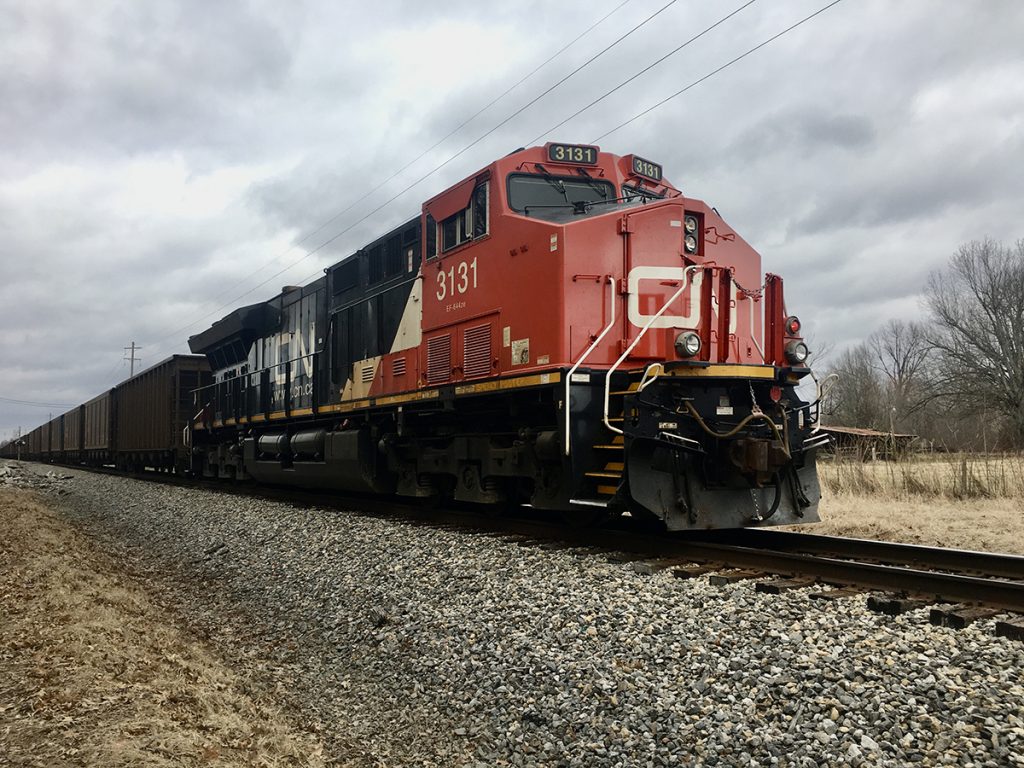

My records reveal that I’ve used this picture previously. Clearly it is one of my favorites. This is Amtrak’s Coast Starlight, crossing the Chambers Creek lift-bridge near Steilacoom, Washington. South Puget Sound was my stomping grounds until ’04, and a recreational and railroad paradise.
The train is northbound and follows the Sound for about 15 miles, facing great sunsets with the Olympic Mountains to the west. After tunneling under Tacoma’s Point Defiance Park, it will skirt Commencement Bay for another 5 or 6 miles.
This was a warm Summer evening out on the boat, and I had anchored, patiently awaiting a train, any train. Afterward I overnighted a few miles south near the Nisqually Wildlife Refuge. Nature provides a nicely protected breakwater, with the double track railroad a hundred feet or so up the bank, and endless wildlife throughout. A campfire on the beach with hot chocolate and marshmallows is in order.
As luck would have it, rail traffic that evening was light, actually non-existant. As I read my book and watched the daylight wane I felt certain that I was skunked. But low and behold, I heard whistling for the crossing at the ferry dock about a mile south. Another look at the bridge, with the sun now down to about a half-finger on an outstretched arm, and fading fast. Camera ready, here it comes clattering across the bridge. Click. It was then that I realized the sun was tightly packed between the train and the rail. Is that dumb luck or what.? Could I have planned it that way……? Not likely.
– Gary Ostlund
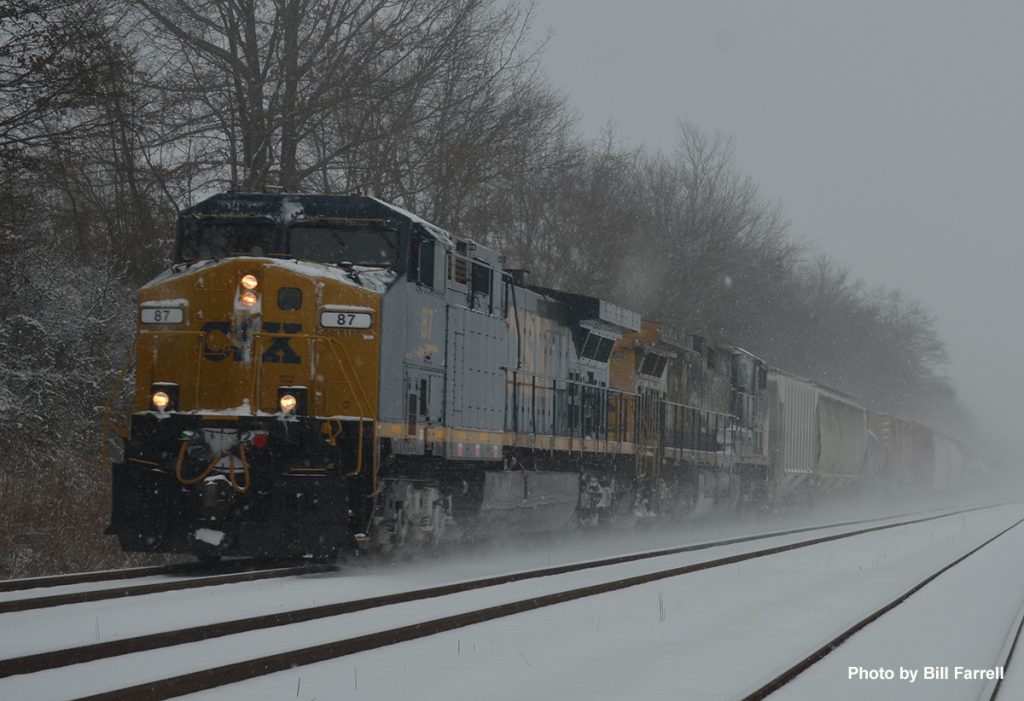
Congratulations to the winners in our January 2022 Chapter Photo Contest!
1st Place – Bill Farrell, 2nd Place – Cooper Smith and 3rd Place was also Bill Farrell.
Also, at the last chapter meeting it was decided to change the bi-monthly chapter contest to the whole month instead of the last two weeks. This will not affect the October Contest however which will remain October 1-11th, This is to allow judging and printing of the Calendar in time for the November meeting.
Therefore, we are currently in the beginning of the March Photo Contest which runs the whole month. So get out trackside and shoot something! Each dues paying member is allowed to submit up to two JPGs for each contest. Deadline for submissions remain the same, the 7th of the following month.
Here’s the schedule for the current and upcoming contests!
March 1-31, 2022
Submission Deadline: April 7, 2022
May 1-31, 2022
Submission Deadline: June 7, 2022
July 1-31, 2022
Submission Deadline: August 7, 2022
September 1-30, 2022
Submission Deadline: October 7, 2022
October 1-11, 2022
Submission Deadline: October 14, 2022 to allow time for the chapter calendars to be printed in time for the holidays.
January 1-31, 2023
Submission Deadline: February 7, 2022
Winners of the January 2022 Photo Contest and other entries are:
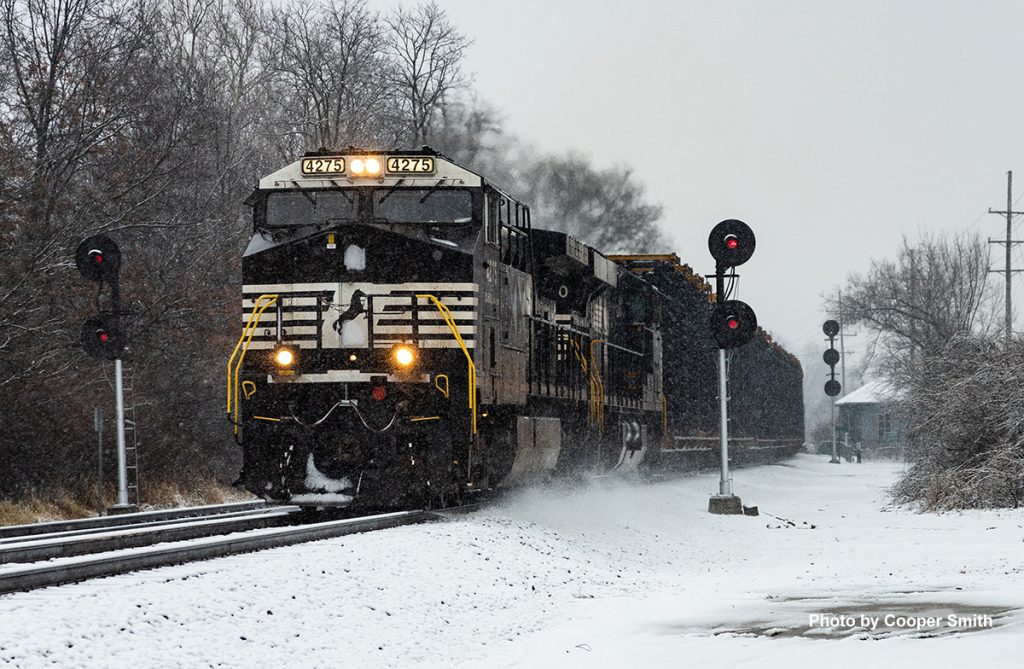
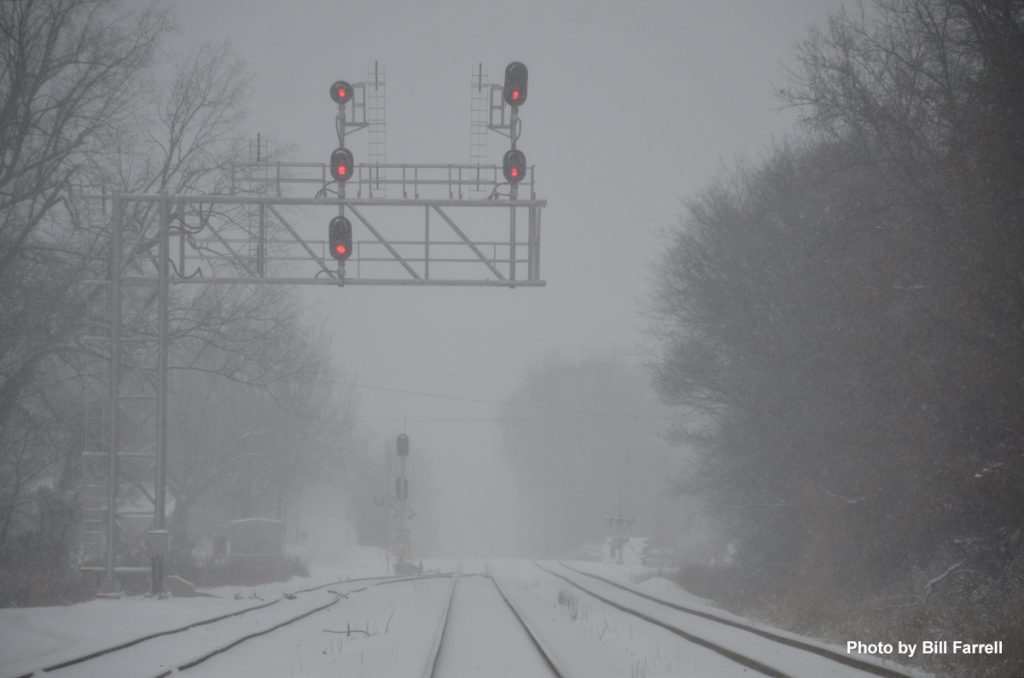
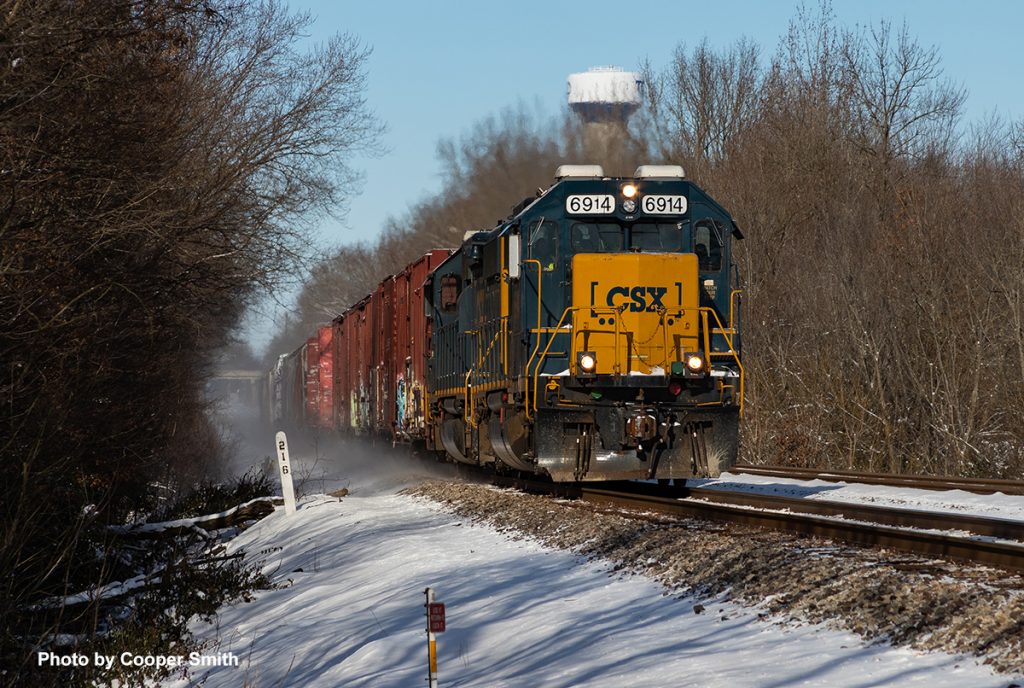
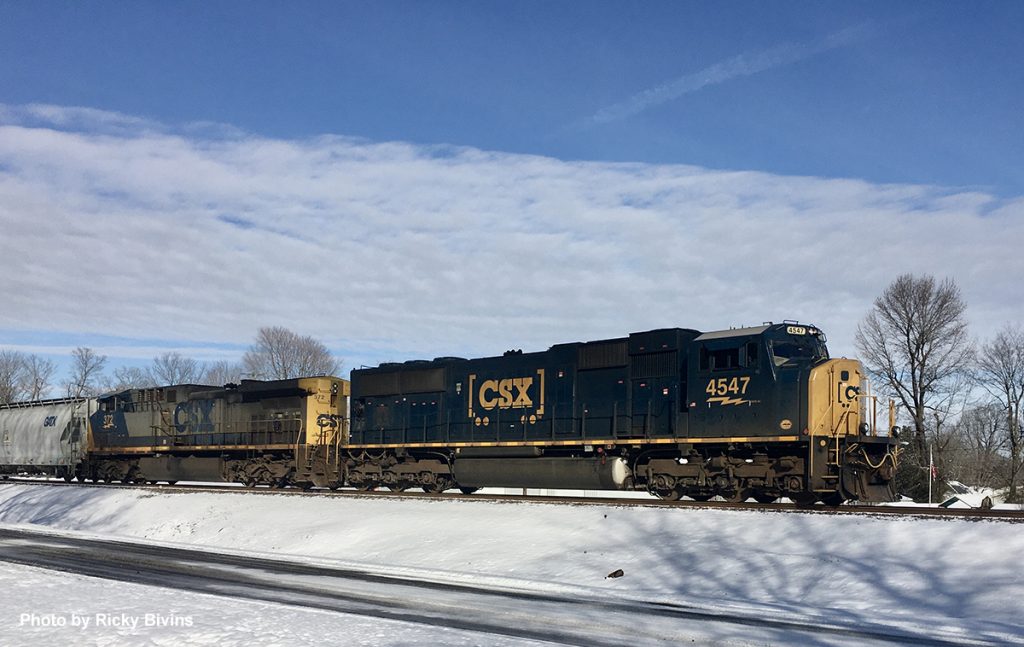
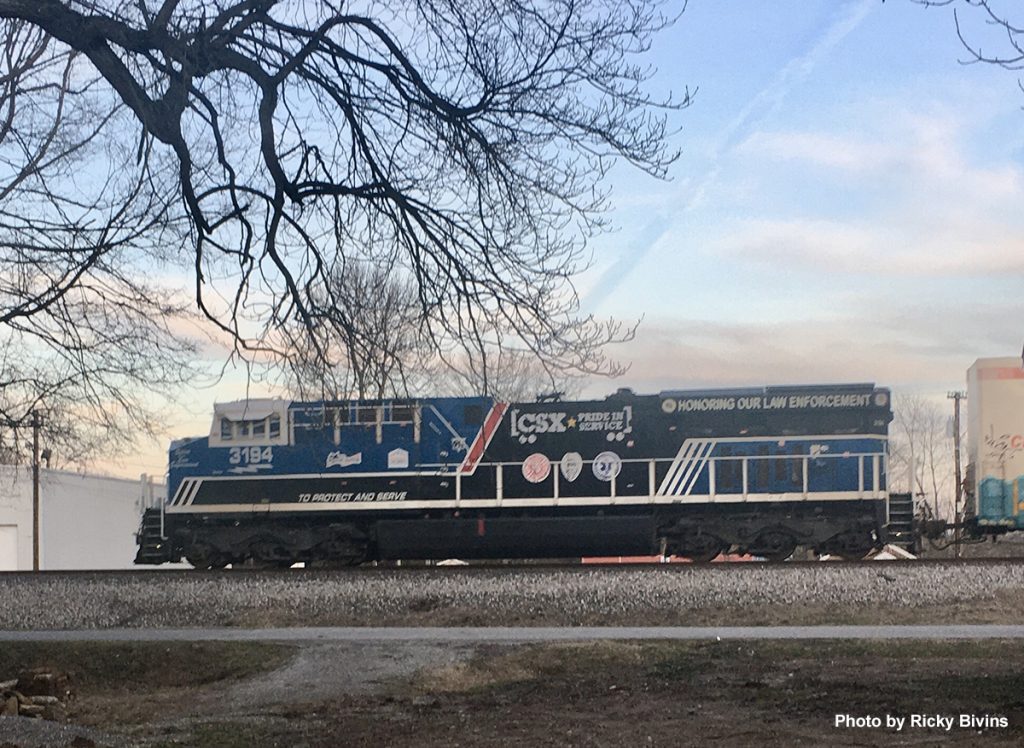
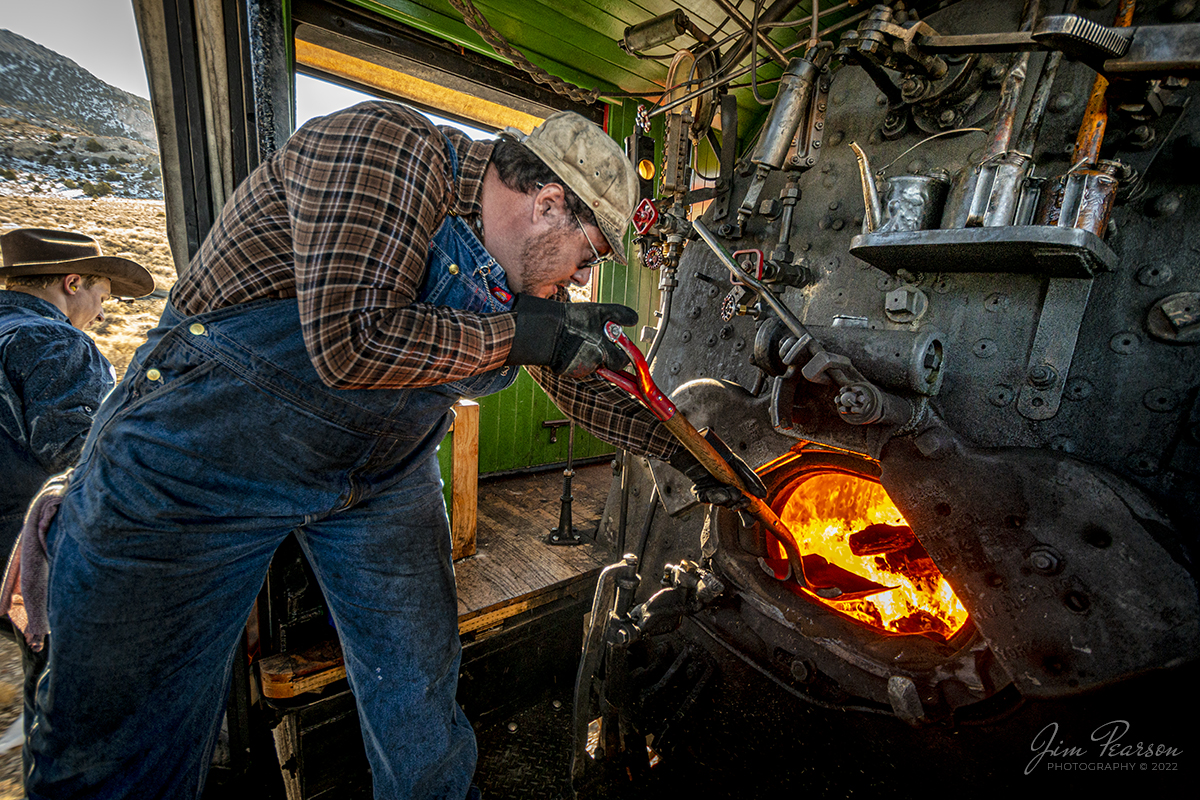
It’s noisy, bumpy, hot, smells and not a lot of room, but also exciting, fun and awe inspiring to experience a living, breathing steam locomotive from its cab!! Enjoy this still shot of Nevada Northern Railway fireman, Mike Hughes as he tends to the fire on locomotive #81, while Will Ebbert stands on the gangway in the background, keeping an eye on the track ahead, as they head toward Hi Line Junction, outside Ely, Nevada on February 13th, 2022.
Nevada Northern No. 81 is a “Consolidation” type (2-8-0) steam locomotive that was built for the Nevada Northern in 1917 by the Baldwin Locomotive Works in Philadelphia, PA, at a cost of $23,700. It was built for Mixed service to haul both freight and passenger trains on the Nevada Northern railway. Photo by Jim Pearson.
A northbound Union Pacific intermodal train awaits inspection to be completed at the U.S.-Mexico crossing between Nuevo Laredo, Mexico and Laredo, Texas at 4:15 pm on December 10, 2021. Historically this was the border crossing and interchange between NdeM and Texas-Mexican Railway. Photo taken from Nuevo Laredo side of the border by Chris Dees.

A Norfolk Southern Railway Ex-NKP at Tipton IN on September 23, 2021. – Rick Bivins photo.
